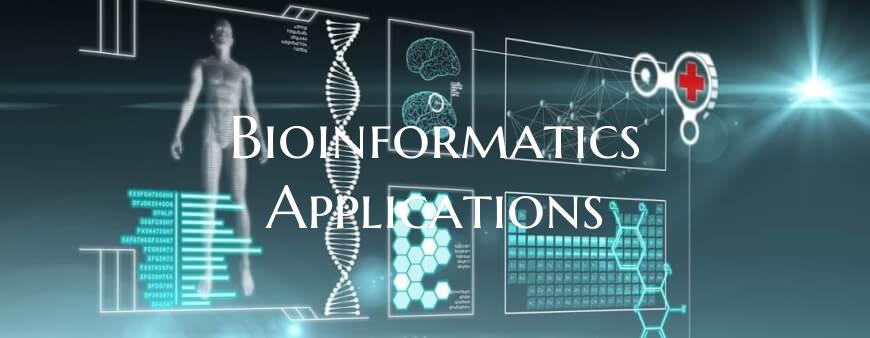Bioinformatics Applications
Bioinformatics, a rapidly evolving field at the intersection of biology and computational science, has revolutionized various aspects of biological research, biomedical sciences, and drug discovery. By harnessing the power of bioinformatics tools and techniques, researchers are able to analyze complex biological data, gain valuable insights into the genetic mechanisms underlying various diseases, and develop new therapeutic interventions. This article delves into the diverse applications of bioinformatics in modern science.
1. Genomic Sequencing: Bioinformatics plays a crucial role in genomic sequencing, enabling researchers to decipher the genetic blueprint of an organism. By analyzing these vast sequences of DNA, scientists can identify genes associated with diseases, study genetic variations within populations, and gain a deeper understanding of evolutionary relationships.
2. Comparative Genomics: Comparative genomics involves comparing the genetic sequences of different species to uncover similarities and differences. Bioinformatics tools facilitate these comparative analyses, allowing researchers to identify conserved regions, study gene function, and trace the evolutionary history of organisms.
3. Structural Biology: Bioinformatics tools are essential for predicting and modeling the three-dimensional structures of proteins, RNA, and other biomolecules. By understanding the structure-function relationships of these molecules, researchers can design drugs targeting specific proteins, predict how mutations affect protein function, and study complex biological interactions.
4. Metagenomics: Metagenomics is the study of genetic material recovered directly from environmental samples, such as soil, water, or the human gut microbiome. Bioinformatics enables researchers to analyze these complex datasets, identify microbial communities, and explore their role in human health, environmental ecosystems, and disease.
5. Systems Biology: In systems biology, researchers aim to understand biological systems as integrated networks of genes, proteins, and other molecules. Bioinformatics tools allow for the modeling and simulation of biological processes, helping scientists uncover the underlying mechanisms of complex diseases, such as cancer and neurodegenerative disorders.
6. Drug Discovery and Personalized Medicine: Bioinformatics is instrumental in drug discovery, facilitating the identification of potential drug targets, screening for drug candidates, and predicting drug interactions. Moreover, bioinformatics plays a key role in personalized medicine by analyzing individual genetic variations to tailor treatments for specific patients, thus improving therapeutic outcomes and reducing adverse effects.
In conclusion, the applications of bioinformatics in modern science are vast and far-reaching, impacting diverse fields such as genomics, structural biology, metagenomics, systems biology, drug discovery, and personalized medicine. By leveraging bioinformatics tools and methodologies, researchers are pushing the boundaries of biological research, driving innovation, and ultimately improving human health and well-being.

